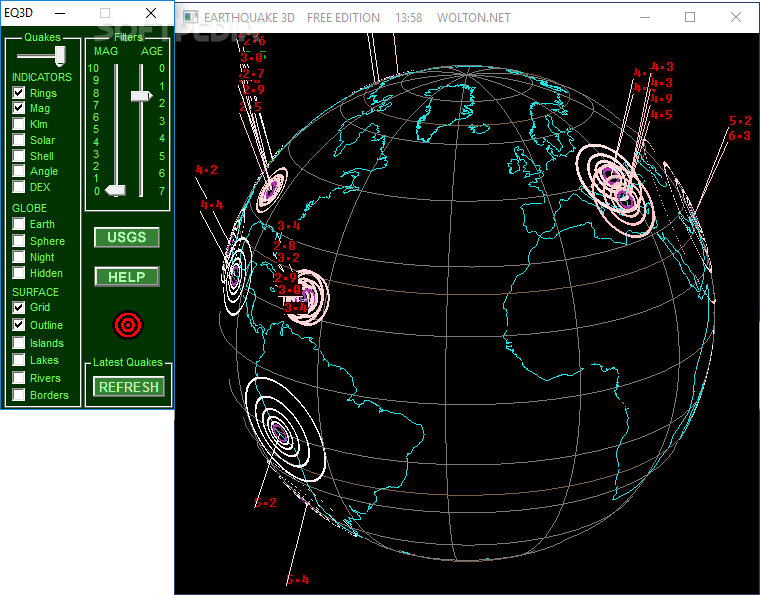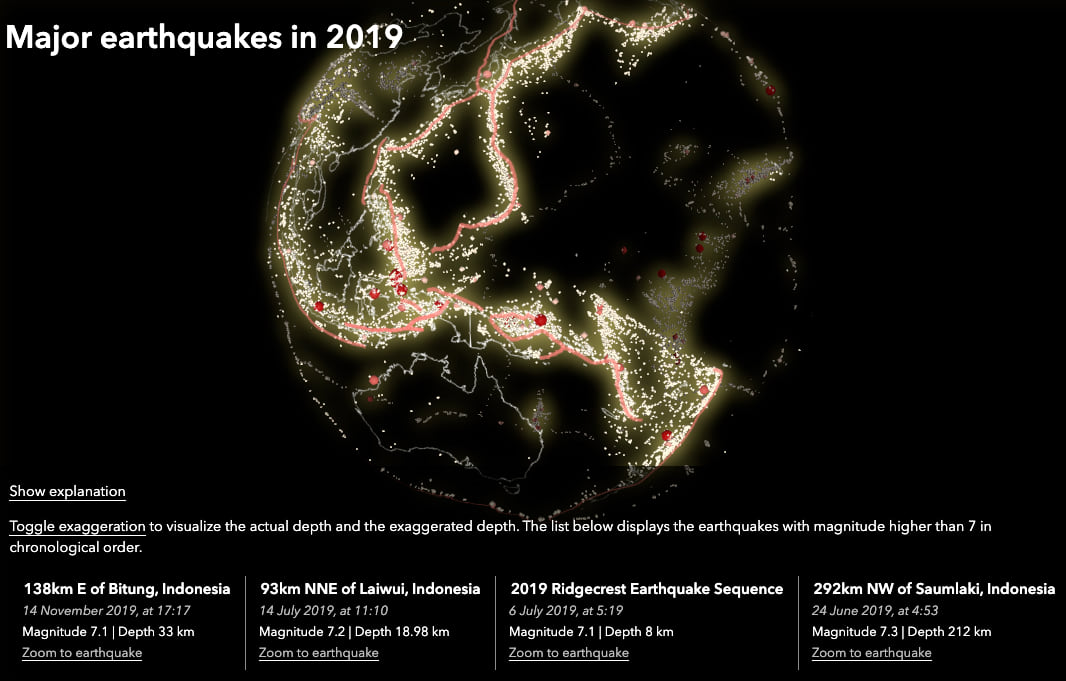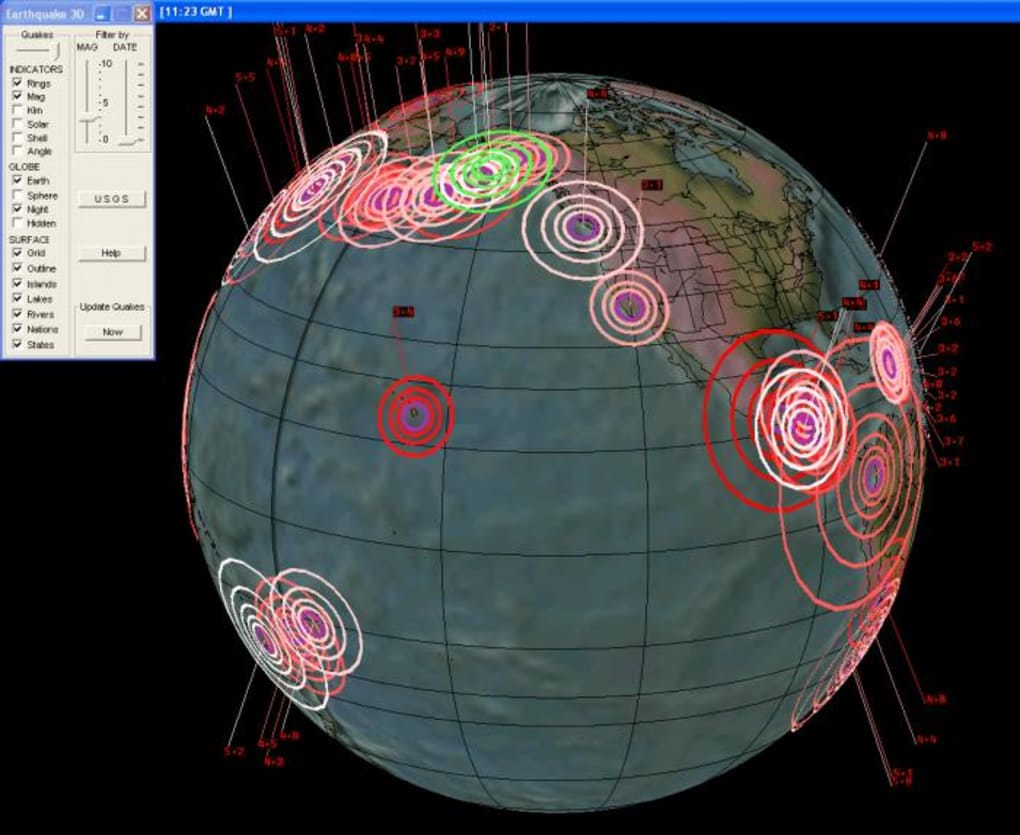


This is what seismologists refer to as numerical ground motion prediction. In more complex environments (e.g., curved interfaces or locally heterogeneous ground), numerical methods are essential for resolving the fundamental equation of motion in order to calculate ground vibrations associated with a seismic event. In the case of deterministic models, the fundamental equation of particle motion in a deformable solid environment is used to calculate changes in the ground over time, caused by the propagation of seismic waves triggered by a fault rupture and travelling up through the Earth's crust to the Earth's surface. These predictions are made by means of empirical, deterministic or stochastic models. Ground motion predictions forecast changes in the ground over time caused by seismic waves passing through it. This quantification of seismic risks is particularly important in moderately seismic zones, as in certain French regions, where sometimes not enough tremors have been recorded to enable empirical predictions of the intensity of ground vibrations. It is based on time series recordings of the seismic waves that propagate through the ground.

The discipline has been developing rapidly since the advent of high-performance computing. It comprises a range of disciplines including seismogenesis, seismotectonics and global seismology.Īmong these, numerical ground motion prediction aims to quantify local seismic risks by resolving the fundamental equation of motion in three dimensions.

The EFISPEC3D open-source code, first developed in late 2009 by BRGM and since then in collaboration with Intel France, executes seismogram calculations in complex 3D geological environments, in order to predict local seismic risks for research projects.ĭuring the 20th century, seismology became a quantitative science developed by significant interactions between explorers, theoreticians and numerical-simulation experts.


 0 kommentar(er)
0 kommentar(er)
